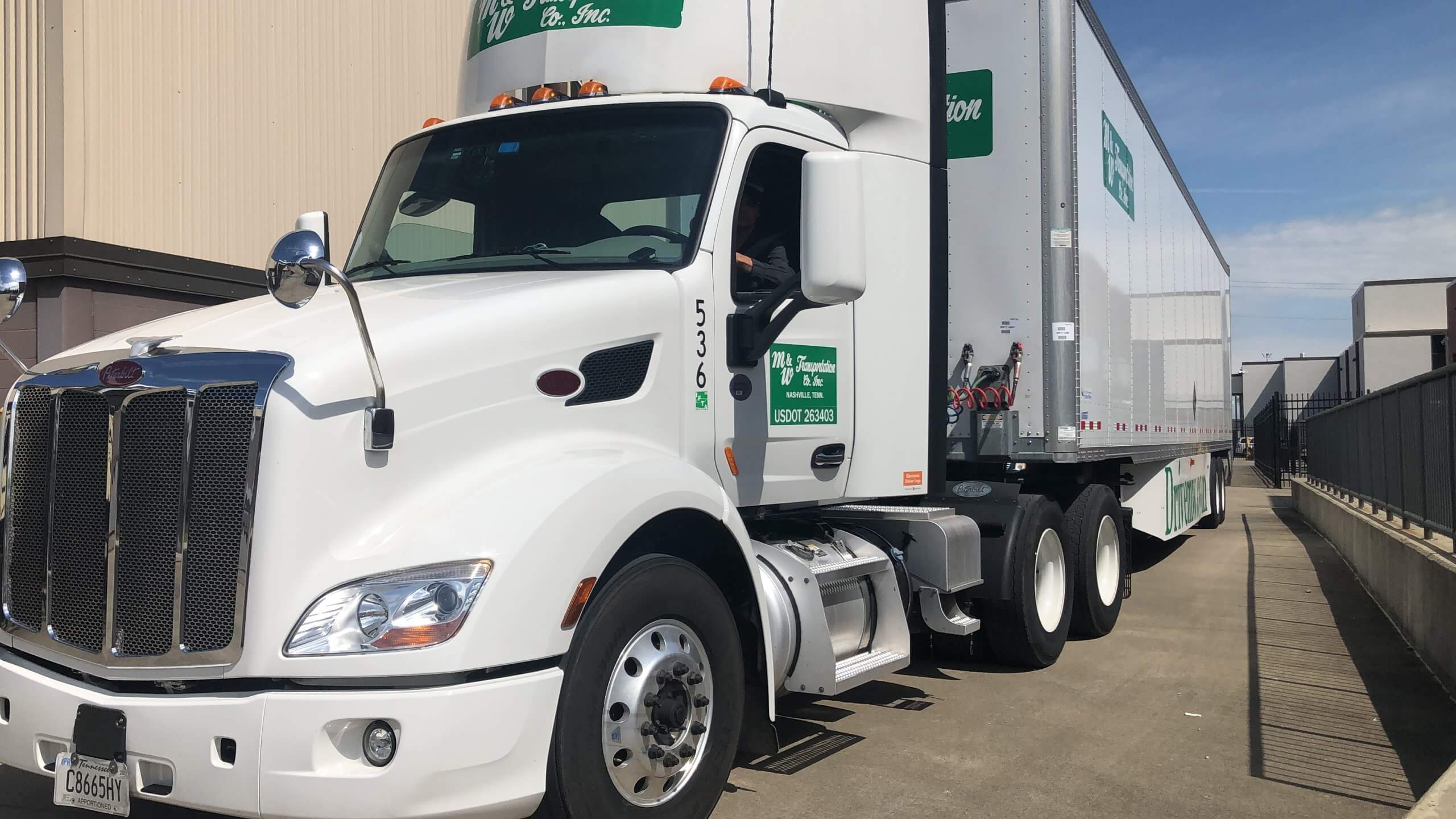Third-party logistics. You may see the phrase or its acronym, 3PL, used frequently but what exactly is it? Third-party logistics is defined as an organization’s use of third-party businesses to outsource elements of its distribution, warehousing, and fulfillment services. As more and more companies begin to use it, it’s important to know its history, where it’s going, and how it can potentially benefit you.
Let’s go over 3PL 101:
- History
- How It Works
- Who Uses It
History
Before going into what the industry is like today, let’s go over how it started and where it’s going.
The 1980s: Trucking deregulation in the 1980s is credited for the creation and growth of third-party logistics. Signed by President Jimmy Carter, the Motor Act Carrier Act of 1980 removed federal entry controls in interstate trucking and made it easier for carriers to reduce rates. This allowed companies that worked in warehousing to move into freight management and increased competition overall. According to The Regulation Review, by 1985, deregulation saved shippers $7.8 billion annually due to lower common carrier rates, $6 billion due to lower private carrier costs, and $1.6 billion annually due to more rapid service”.
The 1990s: In the 1990s, companies moved into growing their product reach across the globe to reach developing global markets in China and India. For companies moving their manufacturing overseas, 3PL providers began to provide integrated services. Within trucking domestically, the deregulation in the field made it grow from about one million employees in 1978 to two million in 1996.
The 2000s: The rapid growth and access to the internet in the 2000s gave 3PL the ability to streamline its supply chains through advanced software and machines that made management and transportation more efficient. This integration of complex logistics and supply management functions includes things like inventory management, order processing, and transportation operations.
The 2010s: The internet and the use of smartphones also drove growth in the 2010s. With inventory management systems, this allowed companies to pinpoint the location of tools like vehicles in real-time and helped them know when to order inventory. It also helped customers as they were able to track purchases through shipping updates in real-time. 3PLs also drove growth within the eCommerce space as they allowed for two-day and even same-day shipping.
The 2020s: As supply chain demands grow, largely driven by purchasing decisions during COVID-19 and numerous shutdowns, shortages have occurred in various industries. However, with over 490,000 job openings within the warehouse and transportation industries, more and more companies will continue to depend on third-party logistics to move their products. By 2027, the same-day delivery market is expected to reach $20.36 billion.
How It Works
First-party logistic providers, like port operators and depot companies, are single service providers in a specific geographical area that specialize in certain goods or shipping services. Second-party providers are specialized providers that cover a larger area than 1PL. They provide a variety of resources like trucks, forklifts, and warehouse management. However, unlike 3PL, they aren’t integrated within the business and often work on-call.
A 3PL provider is an outside company that specializes in storing, processing, and delivering products for your customers. As they allow you to focus on other aspects of your business, you no longer have to worry about things like managing returns, keeping up with shipping demands, or coordinating international shipping on your own. This then creates and helps you maintain a sustainable system for both your business and your customers.
According to a 2015 report, more than 85% of Fortune 500 companies and 95% of Fortune 100 companies are utilizing some form of 3PL. While it has many advantages, it’s important to consider if third-party logistics is right for your specific business and needs as it is an investment and gives you less control of your product.
Who Uses It
The top industries that use third-party logistics include manufacturing, hospitality, and retail. As found in a recent study that tracked the market from 2010 to 2020, revenue in the U.S. generated by third-party logistics has grown every year aside from 2019. In 2020, revenue jumped to $231.5 billion compared to $212.8 billion the year before. By 2023, the 3PL market is expected to exceed $297 billion. The U.S. has also been reported as the second largest 3PL market, with China taking the top spot.
This steady increase in revenue has largely been driven by eCommerce with companies like Amazon and Shopify leading to more demand for various products. It’s created a growing need for warehouse services as more companies are outsourcing warehousing services to aid their production and operational expansions. According to an Insider Intelligence report, US retail eCommerce sales are expected to grow 16.1% in 2022, reaching $1.06 trillion.
Trust M&W Logistics for Your 3PL Needs
At M&W Logistics, we provide customized supply chain solutions that include: public warehousing, asset-based truckload transportation, food-grade warehousing, climate-controlled warehouse, distribution, and logistics management. We’ll work with you to find the perfect solution for your business.
Ready to get started? Contact us today to learn more about our 3PL services!

